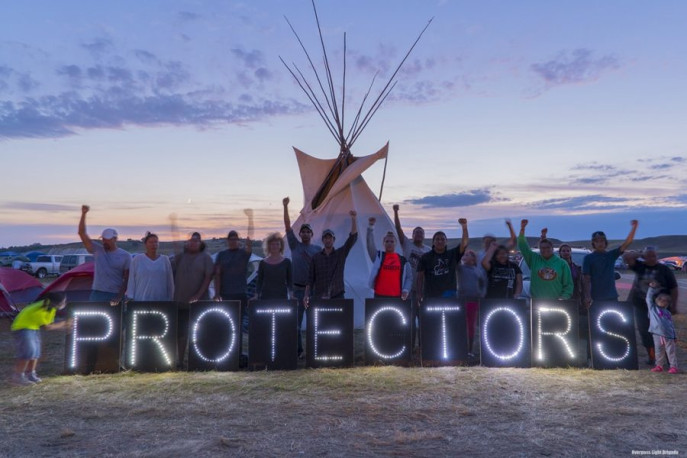
by: Ellen C. Caldwell
for JSTOR Daily
Over the past months, several thousand Native Americans from over 280 nations have traveled from throughout the Americas to join the Standing Rock Sioux in solidarity and protest over the multi-billion dollar Dakota Access Pipeline. They have successfully halted construction of the project—at least temporarily.
As planned, the pipeline project would potentially disturb sacred sites (and in fact already disrupted some sacred sites over Labor Day weekend) and impact drinking water for at least 8,000 people. On August 31st, the United Nations Permanent Forum on Indigenous Issues said that the Standing Rock Sioux must have a say in the project, and that “failure to consult with Sioux over the project violated the U.N. Declaration on the Rights of Indigenous Peoples.”
So just what was the United Nations Declaration on the Rights of Indigenous Peoples, which wasadopted nine years ago on September 13, 2007?
Paul Oldham and Miriam Anne Frank recount the Declaration’s history, detailing the 26 years of work that went into crafting and revising the document…
